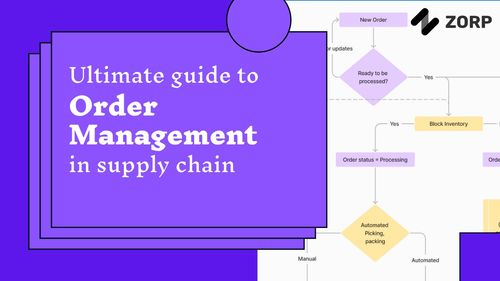An organization's ability to handle security incidents can make the difference between a minor disruption and a major catastrophe. In this digital age, where cyber threats are constantly evolving, it's critical for organizations to be prepared with an effective incident response strategy. This article will provide an overview of the incident response process and explore the essential tools needed for effective incident response. Let's dive in!
Incident response refers to the process of identifying, containing, and resolving security incidents, such as cyberattacks or data breaches, that can potentially harm an organization's information systems and business operations.
Incident response is crucial for organizations to safeguard their digital assets, maintain customer trust, and comply with regulatory requirements. By effectively handling security incidents, organizations can reduce the impact of these events and prevent future occurrences.
The incident response process typically consists of six main stages:
This stage involves developing an incident response plan, setting up an incident response team, and providing necessary training and awareness programs.
During this phase, security teams detect and validate potential security incidents by analyzing security alerts, logs, and other data sources.
Once an incident is confirmed, the team works to contain its impact by isolating affected systems and implementing short-term mitigations.
In this stage, the team identifies and removes the root cause of the incident, such as malicious software or unauthorized access.
The affected systems are restored to normal operations, and any necessary repairs or updates are applied.
After the incident is resolved, the team conducts a post-mortem analysis to identify areas for improvement and update the incident response plan accordingly.
Several tools can be employed to enhance the effectiveness of your incident response process:
These platforms aggregate, analyze, and share information about emerging threats, vulnerabilities, and threat actors. By incorporating threat intelligence into your incident response process, you can improve your ability to detect and respond to new threats.
SIEM systems collect, store, and analyze security event data from various sources within an organization, helping security teams identify potential incidents and prioritize their response.
EDR solutions provide visibility into endpoint activity and enable security teams to detect, investigate, and respond to threats at the individual device level. They help identify signs of compromise, such as unusual behavior or patterns, and facilitate swift containment and remediation.
These platforms streamline the incident response process by providing centralized coordination, communication, and documentation capabilities. They help teams efficiently manage tasks, track progress, and maintain a comprehensive record of incident-related information.
Network forensics tools enable security teams to capture, analyze, and investigate network traffic data. They provide valuable insights into the nature and scope of an incident and support the containment and eradication efforts.
Playbooks are step-by-step guides that outline the actions to be taken during specific incident scenarios. They help standardize and streamline the response process, ensuring consistency and reducing the risk of errors.
When selecting tools for your incident response arsenal, consider the following factors:
Remember that no single tool can address every aspect of incident response. A combination of tools, tailored to your organization's specific needs, is essential for a comprehensive and effective response strategy.
To maximize the benefits of your chosen tools, follow these best practices:
Stay ahead of the curve with ZORP's Business Alert features. Explore how our innovative tools can help you proactively navigate changes in the business landscape. Learn More"
In today's digital world, organizations must be prepared for security incidents. Equipping your team with the right set of tools is crucial for an effective incident response strategy. By understanding the incident response process and employing a combination of essential tools, you can significantly improve your organization's ability to detect, contain, and resolve security incidents, minimizing their impact and protecting your valuable assets.
Q1: What is incident response?
A1: Incident response is the process of identifying, containing, and resolving security incidents, such as cyberattacks or data breaches, to protect an organization's information systems and business operations.
Q2: Why is incident response important?
A2: Incident response is crucial for safeguarding an organization's digital assets, maintaining customer trust, and complying with regulatory requirements. Effective incident response can reduce the impact of security incidents and prevent future occurrences.
Q3: What are some essential tools for effective incident response?
A3: Key tools for effective incident response include threat intelligence platforms, SIEM systems, EDR solutions, incident response management platforms, network forensics tools, and incident response playbooks.
Q4: How do I choose the right incident response tools for my organization?
A4: Consider factors such as compatibility with existing infrastructure, ease of integration, scalability, and vendor support when selecting tools for your organization. Remember, no single tool can address every aspect of incident response; a combination of tools is necessary for a comprehensive response strategy.
Q5: How can I maximize the benefits of my incident response tools?
A5: Train your team on the proper use of each tool, continuously update and fine-tune your tools, and regularly test and evaluate their effectiveness as part of your incident response plan reviews and exercises.



